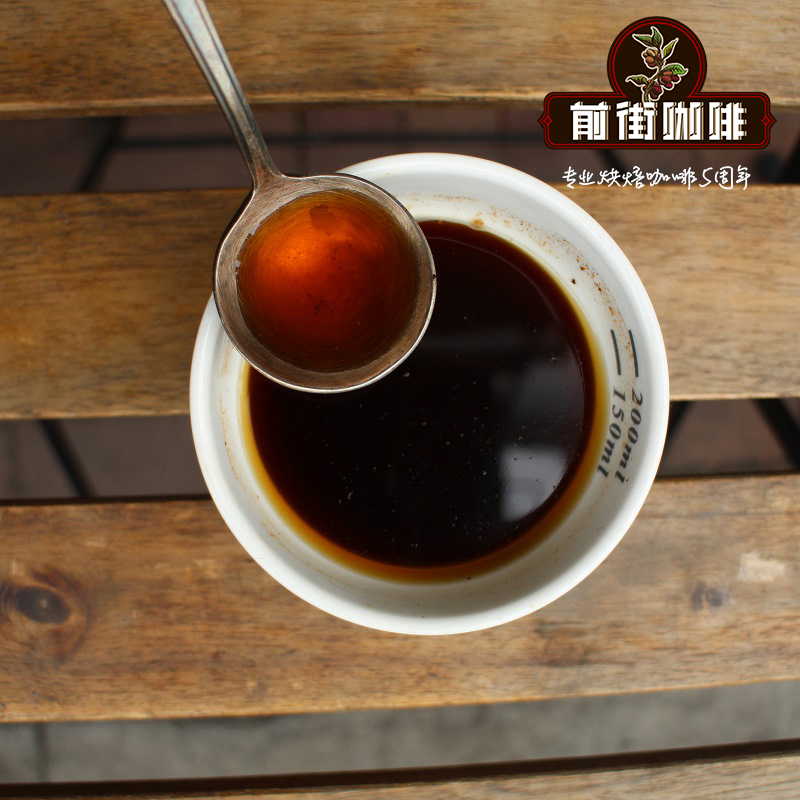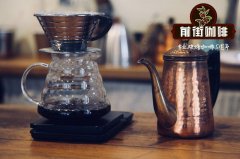Does El Salvador Carmen Manor make good coffee? how about El Salvador Carmen Manor Coffee?

Professional coffee knowledge exchange more coffee bean information please follow the coffee workshop (Wechat official account cafe_style)
El Carmen Geisha Natural-El Salvador
Located at an altitude of 1300 meters above sea level, El Carmen Manor is one of the main specialty coffee producing areas in Central America. The estate has been cultivated by the Alfaro family for more than a century.
El Carmen is located in the center of El Salvador's main forest "conservation road", which is part of the Central American biological corridor system, stretching from Mexico to Panama. In El Salvador, more than 80% of the country's coffee is produced in the shade of trees, and this ecosystem is mainly built in coffee forests. For this reason, coffee farms like El Carmen play an important role, providing refuge for hundreds of species of migratory and native birds found in this part of the world.
The estate was founded in the mid-19th century, when Antonio Jose Alfaro bought a piece of land near the village of Ataco and began to produce coffee. The village of Ataco means "rising spring" in the native Navat language. His son, Augustine Alfaro, founder of the Salvadoran National Coffee Company (Salvadoran National Coffee Company), followed in his father's footsteps to make El Carmen one of El Salvador's leading exporters. His efforts were continued by Antonio Alfaro, the third generation leader of the coffee family, inherited today by Fernando Alfaro, the fourth generation of coffee growers in the family.
El Carmen is an extremely well-run professional manor with rigorous and meticulous management, paying great attention to maintaining the identity of each batch, from the moment the coffee and cherries are harvested to the moment when the green beans are ready for export. The coffee on the estate is produced under about 60% of the shade, which is necessary for coffee to mature evenly. Before the rainy season, shaded trees are trimmed to 40% shade to get the light needed for new leaves to grow. Most of the land on the farm is bourbon (including the very special orange bourbon, which is a volunteer on the farm, but was later selected and replanted by Fernando) and Pacas; however, he also grows experimental varieties on a small part of the farm, like this geisha.
At harvest, 100% of geisha cherries are picked only when they are fully ripe and float to remove any debris or underweight cherries. Geisha account for only a small part of the overall cultivation of El Carmen, and cherries are handled very carefully in order to optimize the quality of the final product. After that, they are sent to bed in Africa to dry for 21 days, where they are regularly raked (initially every 20 minutes) to ensure that they even dry. They will stay on the clay patio for three to four more days, for a total of about 26 days. Finally, prepare the beans, remove all blemishes and sift them to a uniform size.
In recent years, El Carmen has also expanded into travel services, offering coffee tours and overnight accommodation at the original farm house. As an institution in the region, it has become a symbol of pride in the village of Ataco.
END
Important Notice :
前街咖啡 FrontStreet Coffee has moved to new addredd:
FrontStreet Coffee Address: 315,Donghua East Road,GuangZhou
Tel:020 38364473
- Prev

How many coffee varieties are there in Ethiopia? what are the bean flavor characteristics of Yega Xuefei?
Professional coffee knowledge exchange more coffee bean information please follow the coffee workshop (Wechat official account cafe_style) front street-Ethiopia Yega Xuefei variety profile in coffee-producing countries, Ethiopia has an almost legendary status, not only because it is the birthplace of Arabica coffee, but also because it is different from most coffee-growing countries, coffee this plant is not common
- Next

Uganda handmade coffee recommended Uganda handmade coffee how to drink Ugandan handmade coffee bitter
For more information on coffee beans, follow the coffee workshop (official Wechat account cafe_style) for many, Uganda may not be the first country to think of high-quality Arabica coffee: it is traditionally considered to be the producer of robusta coffee. In many parts of the country, however, the challenge is more about infrastructure, history and knowledge.
Related
- Beginners will see the "Coffee pull flower" guide!
- What is the difference between ice blog purified milk and ordinary milk coffee?
- Why is the Philippines the largest producer of crops in Liberia?
- For coffee extraction, should the fine powder be retained?
- How does extracted espresso fill pressed powder? How much strength does it take to press the powder?
- How to make jasmine cold extract coffee? Is the jasmine + latte good?
- Will this little toy really make the coffee taste better? How does Lily Drip affect coffee extraction?
- Will the action of slapping the filter cup also affect coffee extraction?
- What's the difference between powder-to-water ratio and powder-to-liquid ratio?
- What is the Ethiopian local species? What does it have to do with Heirloom native species?

